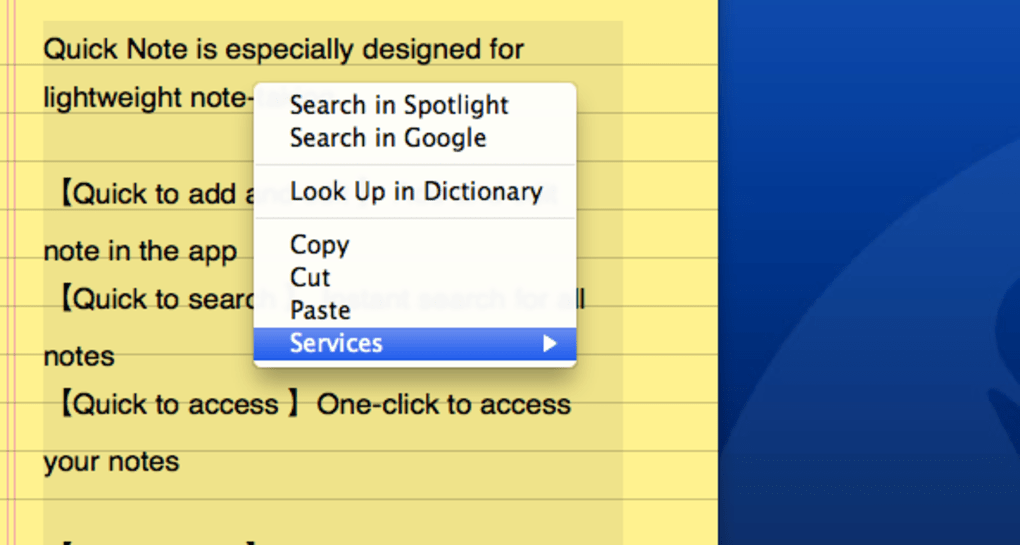

Use the highlighting and sticky notes like a word processor’s Track Changes feature.Add bookmarks for the students to interact with.Mark up online text with comments, observations, and corrections.Provide definitions of difficult/new terms.Ask students to define words, terms, or concepts in their own words/language.Highlight critical features of text (essential text or text to NOT read).You can share your annotations/comments with others and can also do the following: You can get a Chrome/Firefox extension, too.ĭiigo makes it easy to annotate and add comments to web pages. It lets you create digital outlines, bookmarks, and highlight websites. While the social aspect of learning is important, Diigo does more. I address age appropriateness in the descriptions.ĭ is a social bookmarking tool. My goal in sharing them is that you do so with the strategies that work in mind. You may be familiar with some of these tools already or be exploring them for the first time. Let’s explore some digital tools that can provide better support to students’ efforts with strategies that work. The ability to revisit content is helpful here, as is how we interact with that content together. Technology enhances outlining and summarizing, making it easy to outline and annotate. They not only ease post note-taking, but address the other strategies that work. Change That Adds ValueĪ change that adds value is one definition for “innovation.” In this case, the technology tools shown below are innovations. Providing this information up front to students would help them. Given the value of notes, outlines, and summaries, we can revisit content again and again. Studying information over shorter sessions in a longer period of time yields benefits. Studying “massed” interval(s) does not work as well as spaced. This happens when they study that information in spaced (or distributed) intervals.

Students are better able to commit information to memory. Notes, outlines, and summaries allows us to remember information over time. The second is spaced vs mass practice(effect size of. The core skill is being able to distinguish between main ideas and supporting ideas. Identifying the main ideas and rendering them in one’s own words. 66 effect size strategy can be quite effective (edited for blog): The first is outlining and summarizing(effect size of. Two other strategies are also useful here. Those acts take place during generative note-taking and include:Īs you can see, each of these activities has the potential to speed up student growth in one year. While handwritten notes do much, it is the acts they force us to engage in that actually yield results. Remember that standard growth has an effect size of. 51, which accelerates student growth in one year. That is, that note-taking has an effect size of. Hattie’s MindsetĪs you might imagine, John Hattie’s meta-analysis of note-taking research reveals something, too. Learning improves because of your brain’s activity ( Source). As a result, the act of note-taking makes your brain more active. According to another study, researchers found that handwritten notes also engage your senses.

“The students who were taking longhand notes in our studies had to be more selective. The authors sought to test how handwritten notes affect learning compared to notes taken using a computer or digital device. Consider this quote from NPR’s interview with research study authors Daniel M. Many educators are now familiar with the research that the act of handwriting your notes gets you results. At the end, I will share my recommendations.īefore we do that, let’s revisit the importance of note-taking and annotating content. In this blog entry, I’ll feature a few digital tools that should come in handy for this purpose. Wish you had an easy way to annotate websites or research articles and then share them with others? Do you need to guide high school and/or college students in the area of note-taking? If so, you’ve come to the right place.


 0 kommentar(er)
0 kommentar(er)
